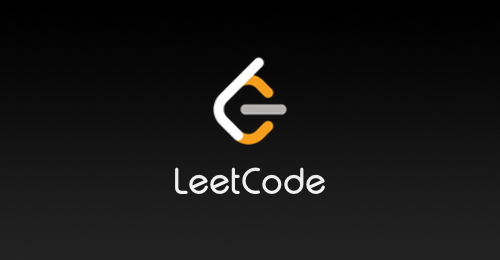405. Convert a Number to Hexadecimal
Description
Given a 32-bit integer num, return a string representing its hexadecimal representation. For negative integers, two’s complement method is used.
All the letters in the answer string should be lowercase characters, and there should not be any leading zeros in the answer except for the zero itself.
Note: You are not allowed to use any built-in library method to directly solve this problem.
Example 1:
- Input: num = 26
- Output: “1a”
Example 2:
- Input: num = -1
- Output: “ffffffff”
Constraints:
- -231 <= num <= 231 - 1
Submitted Code
class Solution(object):
def toHex(self, num):
"""
:type num: int
:rtype: str
"""
if num == 0:
return "0"
hex_map = "0123456789abcdef"
# num이 음수일 경우 AND 연산으로 하위 32비트만 남기기 위한 마스크
# 11111111111111111111111111111111(2) → FFFFFFFF(16)
mask = 0xFFFFFFFF
# 음수 처리
if num < 0:
num &= mask
# 10 → 16진수
result = ""
while num > 0:
digit = num % 16
result = hex_map[digit] + result
num //= 16
return result
Runtime: 0 ms | Beats 100.00%
Memory: 12.29 MB | Beats 99.57%
비트마스크를 이용한 방법이다. 음의 정수는 앞에 부호로 1을 붙이는데, 파이썬 내부에서는 정수에 비트 수 제한이 없기 때문에 1이 무한대가 된다. 따라서 하위 32비트를 잘라줘야 한다.
Other Solutions
1st
class Solution:
def toHex(self, num: int) -> str:
if num == 0:
return "0"
if num < 0:
num += 2 ** 32
hex_con = hex(num)[2:]
return hex_con
time complexity: 𝑂(1)
space complexity: 𝑂(1)
음수를 32비트 unsigned 정수처럼 변환하기 위한 쉬운 방법이 있어서 참고했다. 32비트 부호 없는 정수 최대 범위인 232 에 음수 정수를 더하는 것이다.



Leave a comment